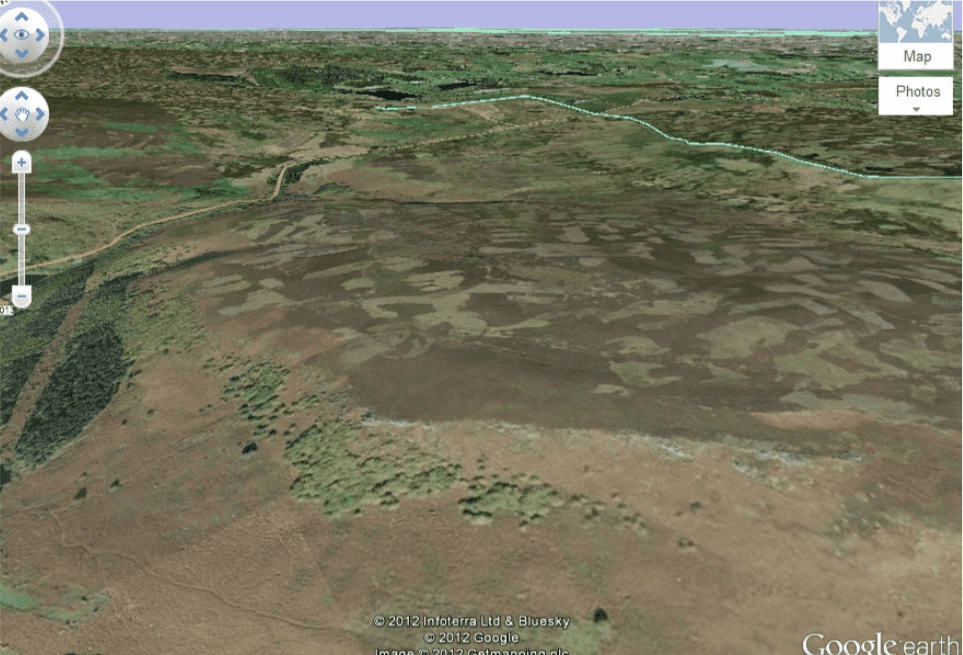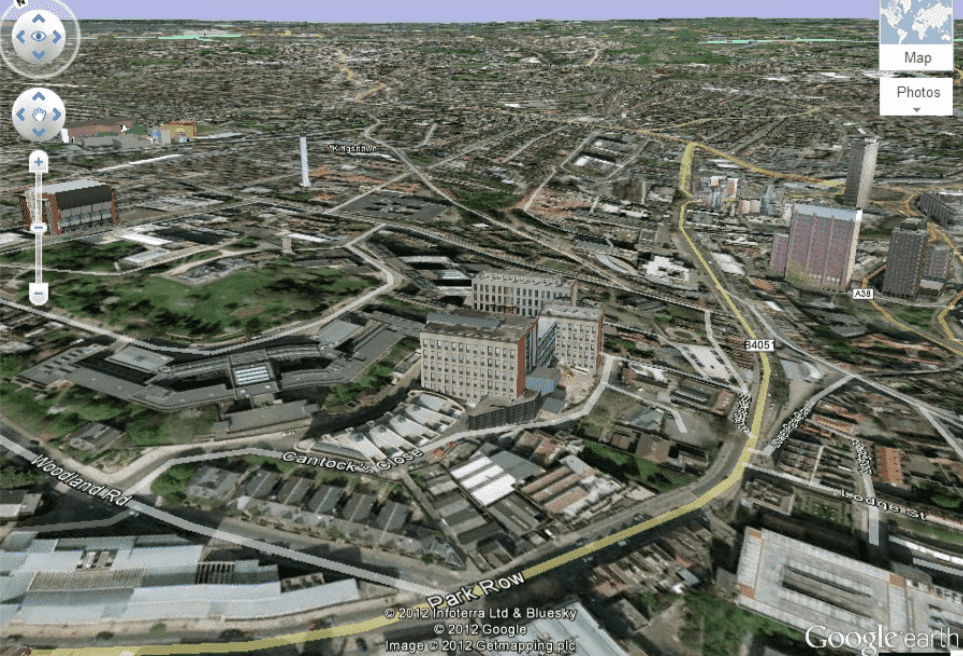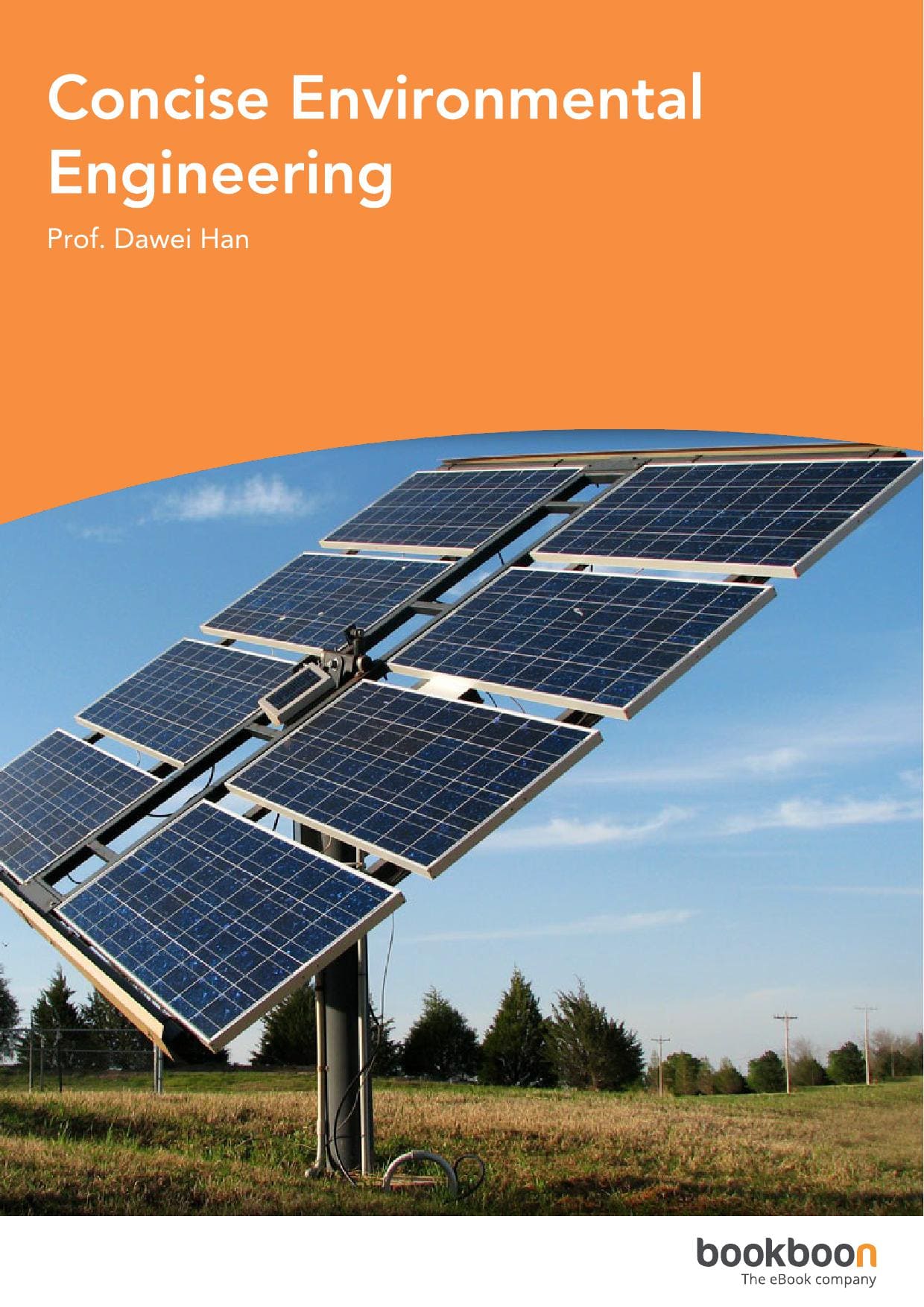Preface
Environmental engineering is the application of science and engineering principles to protect and utilise natural resources, control environmental pollution, improve environmental quality to enable healthy ecosystems and comfortable habitation of humans. It is based on multiple disciplines including geology, hydrology, biology, chemistry, physics, medicine, engineering, management, economics, law, etc. Environmental engineering involves water supply, pollution control, recycling, waste (solid and liquid) disposal, radiation protection, industrial hygiene, environmental sustainability, and public health. This is an introductory book on environmental engineering and written for undergraduate students in civil and environmental engineering, chemical engineering, environmental science and geography. The aim of this book is to provide a concise and comprehensive coverage on environmental engineering. The book content covers the fundamental concepts/theories and their applications in environmental engineering. The key subjects include environment (natural and built environments), ecosystems (energy flow, nutrient cycles, biodiversity and ecosystem services), sustainability (key issues and activities), remote sensing of environment (electromagnetic radiation, sensors, data process and applications), environmental risk (hazards, risk perception, risk assessment, risk management, and environmental impact assessment), water supply (demand, availability, treatment, distribution and wastewater), water pollution (pollutants, pollution indicators, wastewater treatment, modelling and standards), solid waste (sources and waste system), air pollution (composition, structure, pollutants, emission control, modelling and forecasting), noise pollution (sources, properties, perception, measurement, health effects and noise control), climate change (observation, mechanisms, modelling, impact, mitigation and adaptation).
1 Introduction
1.1 Environment
The ‘Environment’ has different meanings in different disciplines. In environmental engineering, the environment is where we live. It is divided into two types: natural environment and built environment. The natural environment encompasses all living and non-living things occurring naturally in the area (Figure 1.1). The built environment refers to the human-made surroundings that provide the setting for human activity (e.g., buildings, parks, cities and supporting infrastructure such as transport, water supply and energy supply) as shown in Figure 1.2. Modern remote sensing technology has made it easy for us to explore the natural and built environment in our surrounding areas and online mapping tools such as Google Earth are convenient facilities for us to view anywhere on the Earth (even to view many challenging places by foot such as the Everest). It should be noted that nowadays it is difficult to find absolutely natural environments (i.e., the wilderness, that has not been modified by human activity), and it is common that the naturalness varies in a scale, from ideally 100% natural in one extreme to 0% natural in the other (e.g., intensive farmland).


There are four spheres on the Earth that are of interest to environmental engineering, which are referred to as the lithosphere (the rigid outermost shell of the earth), the hydrosphere (water on, under, and over the surface of the Earth), the atmosphere (a layer of gases surrounding the Earth), and the biosphere (sum of living organisms on the Earth). They are combined to become the ecosphere and can be remembered easily as corresponding to rocks, water, air, and life.
